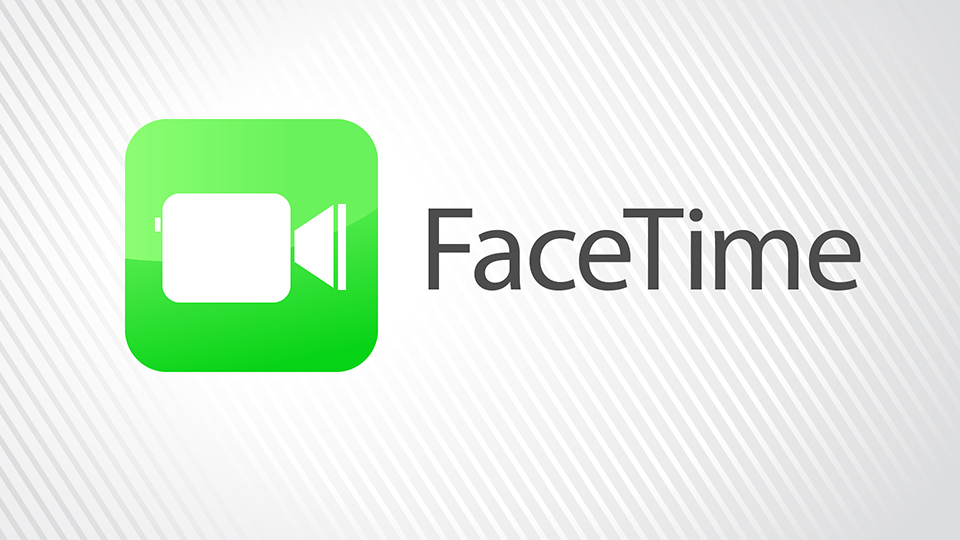Facetime: Because clarity and reliability is key!
Facetime is, Apple’s answer to all the other existing video calling apps present on several different platforms. It is what Apple defines as the excellence in video calling and going by our tests, it truly is a rival worth taking note of. Facetime was introduced way back in the 2010 by the then CEO Steve Jobs at Apple’s Annual Developer conference with a view to address the increasing desire amongst consumers to do video calling on the 3G and WiFi networks. At that point in time, the only other notable competitor in the market was Skype prior to its acquisition by Microsoft which is still a notable competitor in todays’ day and age.
Now, coming to Facetime, there is a certain list of features and flexibility that give Facetime the overall edge against all the competitors in the market which make it stand out to be the champ in all regards. Facetime when it was launched in the year 2010, still in its beta testing phase, it retailed for very less cost on the Apple Store. The reason for this was due to some legality issue between Apple and the company Facetime Communications which provided the Facetime app that was very shortly acquired by Apple in the year to come.
Shortly after Apple’s acquisition of Facetime Communications, the Facetime app was made into a free inbuilt application for both iPhone and iPad as well as for the MacBook and iMac with the recent launch of the MacOS. So, as can be seen and reasonably understood, Facetime has a long history of development which none of the other apps aside from Skype does which make it one of the well-rounded apps built on a strong foundation.

Video calling is a very tricky thing to nail perfectly because it can be either of the two ways. Either you will have an end product that has a very choppy and laggy video like IMO and Skype or you will have a video stream that will be paused and shifted to audio only like that of Whatsapp and Google’s own Duo. Facetime is perhaps the only video calling app that seems to have perfectly nailed down the recipe to success in operating video calling apps.
When you make a facetime call. It is not only crispy and clear due to the iSight camera but also is consistent and smooth due to the several codecs supported by facetime. A codec is basically the number of channels that a video call work on and most of these video calling apps support two channels at best and cannot simultaneously work on more than one channel at time. As a result of this, you either choppy and laggy video or you get, “Video is paused due to low network connectivity” popping up every two to three minutes in a video call.
Facetime basically selects the most favourable codecs for initiating that video call based on the type and quality of network you are on. Accordingly, it either sends all the necessary audio and video data through one channel or even through multiple channels so as to ensure that both parties to the video call get an optimal video and audio experience while on a facetime call.
Other features of Facetime include a cross-platform where unlike most apps that work only on a mobile only ecosystem, Facetime is available on iPhone, iPad and even on the MacOS making it one of the most versatile video calling experiences to date. The best part regarding this cross-platform support is the fact that, you can pick up and continue from where you left of on your previous device. Let’s say you had made a Facetime call on your iPhone while on the way to work and the very moment you reach your office and open up your iMac, you’ll see the details of the said call, appear there as well.
Another nifty feature of the Facetime app includes the ability to do reject and permanently block Facetime calls altogether (well unless you unblock them of course). If you’ve been meaning to block that pesky telemarketer or that spammer that keeps randomly calling you on Facetime, simple hit the block number option to say goodbye to those annoying calls. Finally, the most important feature which makes Facetime, the king of video calling apps is the ability to set your Caller-ID at will. When opening Facetime, it binds itself to your iPhone’s mobile number and Apple ID’s email address along with giving you the flexibility to set your own caller ID so as to give you complete control and flexibility to choose what others see flash on your caller ID then they call you or when you call them!
Happy Facetiming everyone!

